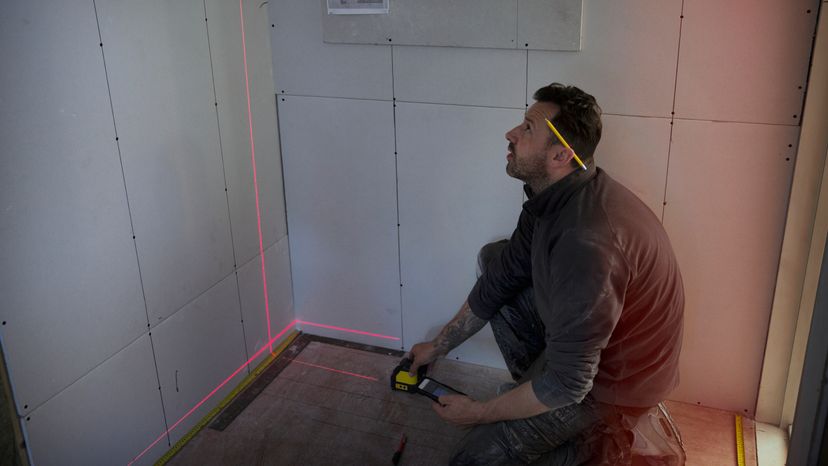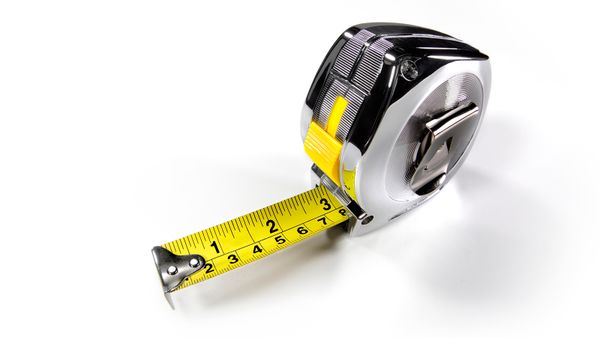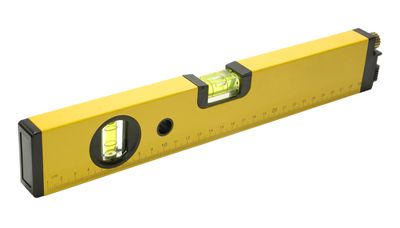
Key Takeaways
- Laser tape measures calculate distances by emitting a laser beam to a target, which reflects back to the device to deliver precise measurements.
- They provide a digital readout and can measure up to distances of about 650 feet (198 m) with an accuracy of within an eighth of an inch (0.3 cm) over up to 300 feet (91 m), making them highly accurate and easy to use in a variety of settings.
- Laser tape measures are favored by professionals like contractors and architects for their speed and ease. They eliminate common measurement errors associated with traditional metal tape measures and allow the measurement of hard-to-reach areas.
Laser tape measures are alternatives to traditional metal tape measures; they're used to calculate lengths, widths and heights of up to about 650 feet (198 meters). They're generally considered accurate to within an eighth of an inch (3 millimeters) when measuring a distance of up to 300 feet (91.5 meters). Laser tape measures are used mainly by contractors, insurance adjusters, architects, flooring professionals and other people who do a lot of measuring. However, homeowners can easily use laser tape measures around the house, too.
To use a laser tape measure, you place the device on one end of what you want to measure, and then aim the laser beam so that it hits an object at the other end. If there's no wall, pole or anything like that, you can put a target at the spot you want to measure up to. The process is similar to using a conventional tape measure, except you use a laser beam instead of metal tape. Once you have the laser at the right spot, press the button, and the tape measure calculates the distance and displays it on its screen. The calculation is done through precision optics and laser physics using the phase-shift method, in which a laser hits an object and compares its reflection with the beam sent out, or using the time-of-flight method in which the time it takes for an optical pulse to reflect back is calculated. Some laser tape measures let you measure multiple distances and add them together automatically.
Advertisement
Laser tape measures are normally quicker to use than conventional ones, and you avoid the inaccuracies that can be caused by a twisted or sagging tape measure. Plus, it's easier to read a digital display of the measurement than to count little lines on a tape measure. Laser tape measures also eliminate the complications of measuring high ceilings and other hard-to-reach spaces.
Advertisement


